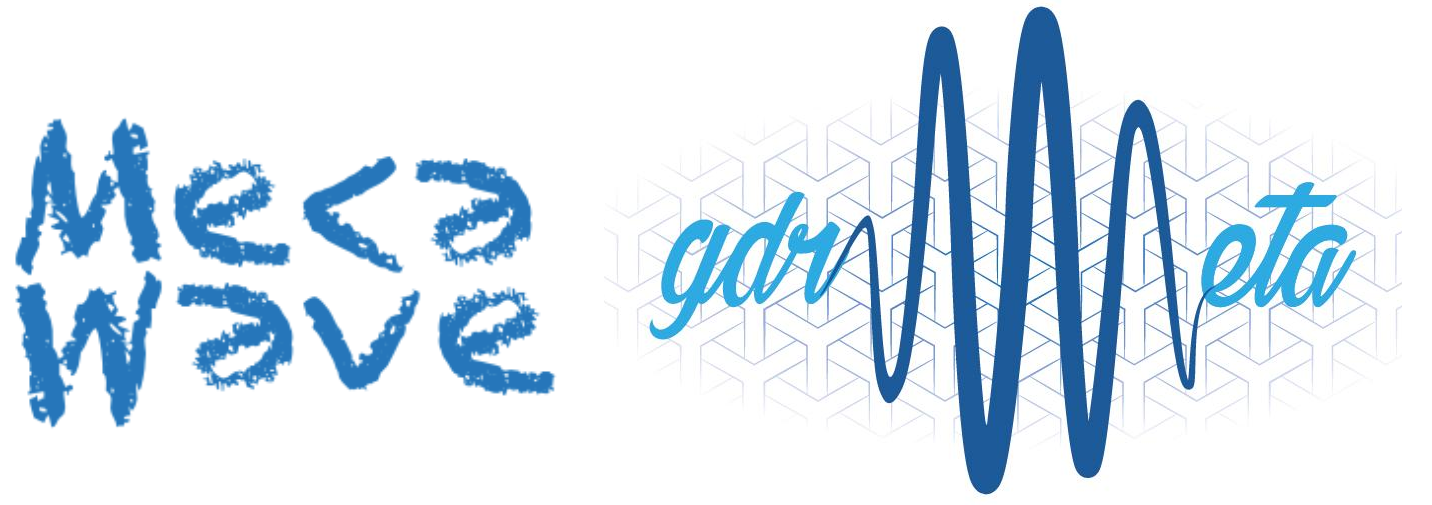|
|
|
|
Home
Metamaterials became very interesting in civil engineering community after the first experiment in situ which proved that large scale phonetic crystals can shield surface elastic waves by a simple orderly placement of boreholes on the path of a wave front. This inspired many research teems to find applications of the metamaterials properties in order to control the propagation of elastic waves through large scale structures. A new field of seismic metamaterials was established and the topic increase his popularity every year all over the world. One of the main objectives of this workshop is to bring together international researchers with different backgrounds (in optics, acoustics, geophysics and civil engineering) to debate and put forward radically new concepts based on recent advances in mechanical metamaterials that will fuel ongoing research in the fast growing, highly multidisciplinary subject, of seismic metamaterials. The complexity of the seismic problem combined with that of metamaterials require a multidisciplinary approach. The purpose is to invite speakers representing evenly the disciplines involved in the research, namely: Seismology, Civil and Mechanical Engineering, Mathematics and Physicists. The focus of this 4th workshop on seismic metamaterials, (the first one was in Iasi, Romania, 2015, http://fresnel.fr/nomanomaye/index.html; the second one in Dakar,
The spot The campus St Jérôme can be reached from main railway station St Charles in Marseille with Metro M1 to La Rose (stop at tube station Malpassé) and Bus BHNS B3 to Faculté Saint-Jérôme).
Marseille or Massalia in ancient greek, was born 2600 years ago of the union of an indigenous princess, Gyptis, with a navigator from Phocaea in Asia Minor, Protis, who was going to create a Greek trading post on the shores of Lacydon, our present Vieux Port. Through this implantation, Massalia contributed to the introduction in Gaul of the culture of the vine and the olive tree, money and writing. It is rapidly emerging as a place of influential exchanges between the Mediterranean and the Celtic world.
Excursions: An excursion will be organised just after the conference on Wednesday afternoon to discover the treasure of Marseille – the National park of calanques.
There will be also the possibility of an excursion to the Frioul Archipelago (bars, restaurants, beaches, walks): Frioul Islands are 20 minutes from Marseille Vieux Port by boat (one departure per hour) and note that the boat's trajectory passes nearby the If Castle where the Count of Monte Cristo was kept prisoner.
As an alternative to the Calanques and the Frioul Archipelago one can visit the Vieux Panier (Old Basket) quarter (left) or Notre Dame de La Garde (right) with The Little Train (one departure per hour from Vieux Port).
|



